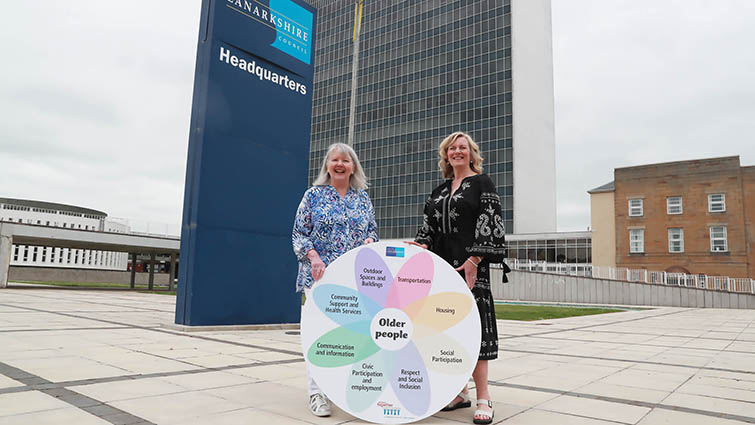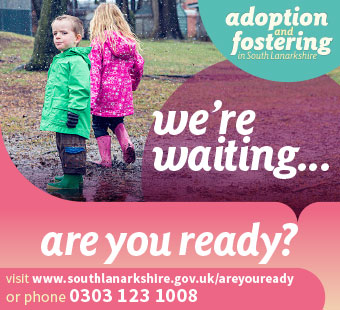Council first in Scotland to be Age Friendly Community
Published: Monday 5 June 2023

South Lanarkshire has become the first Scottish local authority to become an Age Friendly Community.
The council agreed at February’s Executive Committee to formally put in writing a programme to achieve this after being updated on the work already being undertaken by Seniors Together. A letter of commitment has now been submitted to the World Health Organisation that formally completes the process.
Catriona Mason, the chair of Seniors Together, said: “We are absolutely delighted that the council is now an Age Friendly Community.
“We are the first local authority in Scotland to join this growing UK network of communities that involve all partners and people working together to make our community a great place to grow older.”
Seniors Together worked with the Centre for Ageing Better to develop their knowledge and understanding of the process required to develop an Age Friendly South Lanarkshire.
Catriona Mason added: “Ageism is the most prevalent form of discrimination in the UK so the development of an Age Friendly Community means that the council and its partners will work with older people rather than for them to design services and facilities that best suits their needs and aspirations.”
A representative from Seniors Together now sits on the Community Planning Partnership Board as a voice for older people. The Community Planning Partnership has also been highlighted as best placed to co-ordinate and drive forward the delivery of the age friendly community.
Creating an Age Friendly Community will include ideas such as ‘liveable neighbourhoods’ – limiting traffic and creating more spaces for neighbours to sit and children to play, and ‘fifteen-minute neighbourhoods’ – ensuring residents can access daily needs within a safe short walk, in line with WHO’s identified features of age-friendly cities.
More details are available on the WHO website.
9 May 2025
Catchment area changes on way for three schools
8 May 2025
Name a gritter before all is frost
8 May 2025
Provost leads VE Day 80th anniversary event
7 May 2025
Council supports efforts to keep Accies in Hamilton
7 May 2025
Walk this May
6 May 2025
Finalists announced for business awards
6 May 2025
Get outdoors during Green Health Week
2 May 2025
Employment support for care experienced young people
1 May 2025
Nominations in for by-election
30 April 2025
Schools take part in Stop Food Waste Day















